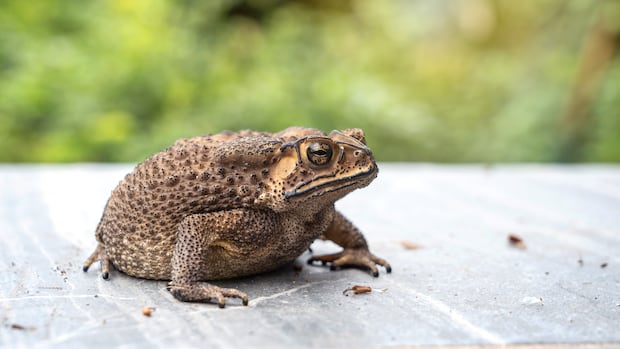Toads have spread across six continents, with a recent surge in East Africa, as revealed by a study examining the DNA of 124 toad species. Scientists attribute the toads’ success to their toxic parotid glands, packed with lethal toxins that deter predators.
The evolution of these glands millions of years ago provided toads with a competitive advantage, aiding in their global expansion. Research published in the Proceedings of the Royal Society B highlights how these toxins served as a potent defense mechanism, ensuring the survival of these amphibians.
Originating in South America around 61 million years ago, toads later migrated to Africa, with their means of crossing the Atlantic still a mystery. Theories suggest they may have used Antarctica as a land bridge or rafted on vegetation mats. Such unconventional methods facilitated their colonization of new territories.
Presently, the invasion of toads in Madagascar mirrors historical events in Australia, where the introduction of cane toads led to ecological upheaval. The inadvertent assistance of humans, possibly through cargo shipments, continues to aid the toads’ expansion, raising concerns about the impact on local biodiversity.
With Madagascar at risk of a similar fate to Australia, scientists emphasize the urgent need to address the invasive toad population. The unfolding biological experiment underscores the challenges posed by these resilient amphibians and the unforeseen consequences of human activities on global ecosystems.



